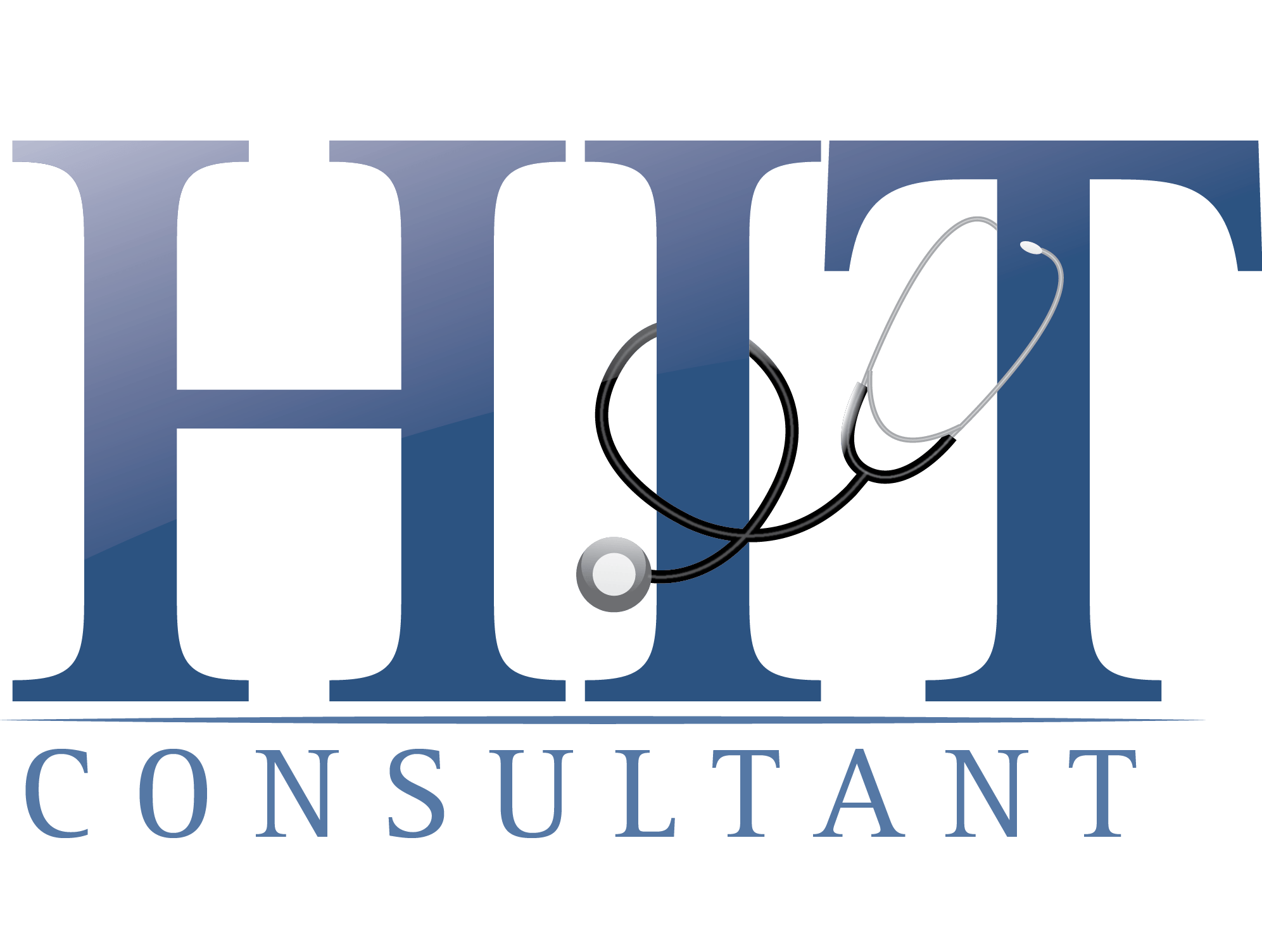
False alarms in the healthcare setting directly impact the efficiency of security resources and the patient and staff experience. A recent study published in Science Direct noted that approximately 80%–90% of alarms in the clinical setting are false. The same study found that 65% of ICU nurses agreed that disruptive alarms can affect patient care, and less than 26% of alarms were responded to in less than 5 minutes.
Protecting patients and staff while mitigating workplace violence and stressful conditions is already challenging. Dealing with repetitive false alarms shouldn’t get in the way of the critical tasks medical teams face every day. If there are too many nuisance alarms, staff start to disregard them, which may have critical consequences.
It’s important to ensure that your staff receives only qualified alarms. Unified security platforms, along with advancements in healthcare security technology, can dramatically reduce the number of false alarms and help teams respond faster to true alarms.
Start with a unified platform
In a unified security platform, all the components share core building blocks. When an incident or alarm is recorded, security operators can quickly view all related data, including access control logs, video from nearby cameras, and IoT data from various sensors.
Unifying IoT data with video from the nearest surveillance cameras helps operators determine why an alarm occurred. This shortens the time to assess and resolve incidents while improving the quality of response.
For example, when a duress alarm is triggered, operators can immediately view video of what’s happening. Footage from nearby cameras is presented to the operator using a map-based interface, allowing them to lock down the area and forward the incident footage and the standard operating procedure (SOP) to a responding agent. The system can also be unified with mass notification systems (MNS) to communicate critical information to patients, visitors, and staff.
Technology solutions to help reduce false alarms
Advances in healthcare security technology are reshaping threat detection by increasing accuracy and reducing false alarms. Below are a few examples.
- Advanced camera analytics give more accurate identification of threats. These analytics enable real-time identification of potential security incidents, such as unusual movement patterns, unauthorized access, and aggressive behavior.
- Automated incident response features allow teams to pre-program event-to-action sequences. When a threat is identified or an alarm is triggered, the system automatically initiates the necessary action. This could be notifying dispatch, activating specific cameras, or generating real-time reports. These actions eliminate guesswork, enhance efficiency, and ensure that nurses and staff can better focus on patients.
- Collaborative decision management systems group detected events that could indicate a threat. Examples include a blacklisted plate in the parking lot, a medicine cabinet left open, or a door forced open. When the system notes a series of events that suggest something is happening, it provides staff with essential context so they know how to best respond. It can even dispatch routine maintenance tasks to the correct team. The facilities team may be notified of a door that isn’t closing properly, without distracting the security operators.
- Real-Time Location Systems (RTLS), when unified with video surveillance and other security systems, improve hospital security by enabling precise tracking of duress alarms, asset management, and patient room status. The system can also be used to lock down key doors and recall specific elevators. An RTLS enhances emergency response times and ensures better coordination between security personnel and medical staff. There are many options available, so check with your integrator to review solutions that best meet the outcomes you need.
Open systems allow for scalability and flexibility
When considering a system upgrade, look for an open architecture solution that’s designed to work with a variety of devices from different manufacturers. During the deployment, you may be able to keep select cameras, access control hardware, and audio components, such as intercoms. As your goals evolve or regulations change, you can easily add new technology to meet those needs.
A unified, open system can also often integrate with other hospital systems, such as patient management systems, to provide a more comprehensive view of hospital operations. This leads to additional cost savings for the hospital through better coordination of service delivery.
A unified, open solution can unlock opportunities to enhance operations and safety, so staff can better focus on their patients. The result is improved patient care, which is fundamental for patient recovery and comfort.
About Mark Feider
Mark Feider is the Director for the Enterprise Sector in the U.S. and Canada at Genetec. He is responsible for helping the enterprise group members meet their goals by orchestrating company resources and developing the programs his team needs to succeed.
First joining Genetec in November 2007, Mark’s earlier positions in the company included roles as Regional Sales Manager for Central Canada, Southwest U.S., and Regional Sales Director for Western U.S.
